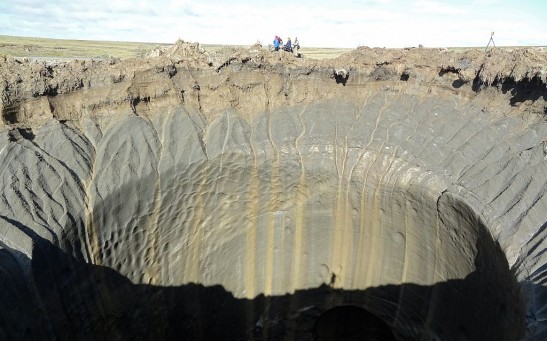natural gas
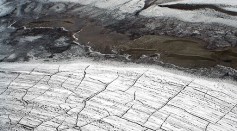
Methane Reserve Discovered Deep Beneath Arctic Permafrost; Experts Warn About Climate Feedback Loop if It Escapes
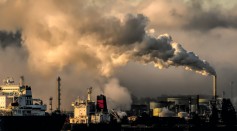
US Coal Usage Wanes as Wind and Solar Power Take Over, Falling by 3 Terawatt-Hours in First Five Months of 2023
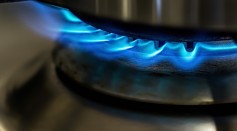
Unburned Natural Gas Leaking From Appliances Piped Into California Homes Contain Cancer-Causing Agents
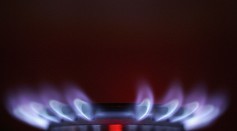
Almost 300 Harmful Chemical Substances Detected in Natural Gas; How Dangerous is Our Kitchen Stove to Our Health?
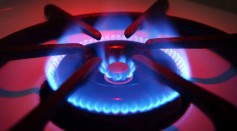
Methane Coming from Our Gas Stove Contributes to Global Warming, Scientists Tell Us How It Happens
Converting Solid Biomass to Natural Gas Now Made More Efficient to Reduce Carbon Footprint
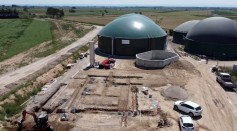
WELTEC BIOPOWER RNG to Cut Down Carbon Emissions of Spanish Dairy Cattle Farm
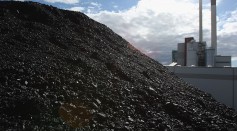
Researchers Developed a “Swiss Army Knife” Catalyst from 10 Different Elements

Researchers Report Progress on Greener, More Sustainable Hydrogen Extraction from Water
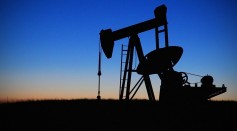
They Lied to Us: Big Companies Still Burning Natural Gas
New Cheap and Efficient Polymer for Natural Gas Adsorption, Synthesized by Researchers
More Natural Gas May Mean A Bigger Climate Disaster
China Shames U.S., Runs Entire Province on Renewable Energy for 7 Days
Converting Coal Into Natural Gas Can Prevent Thousands of Premature Deaths but Increase Carbon Dioxide Emission
Most Popular

How Technology Is Changing the Real Estate Industry?

Study Reveals High Turnover in Scientific Research Careers: What This Means for Future Scientists

How a Plant-Based Diet Can Protect Against Breast Cancer: Insights from Nutrition Research

Why It's So Difficult to Lose Weight: The Biological Explanation Behind Obesity

